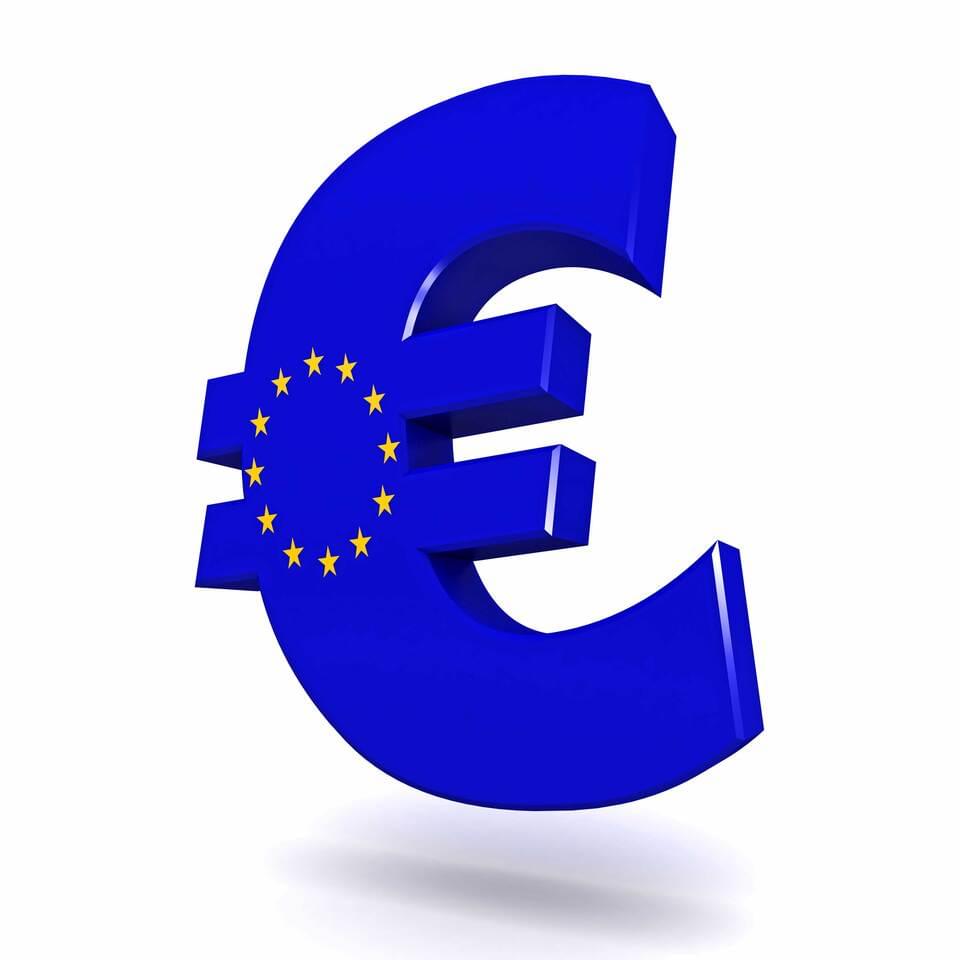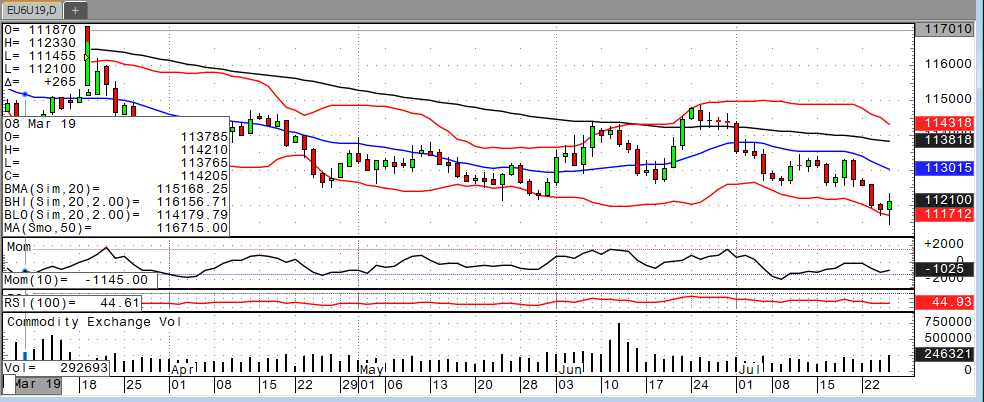
Volatility has taken hold of the currency markets, as monetary easing has become a focal theme for central banks around the world. It is no secret that global economic growth is slowing, and a manufacturing recession has taken grip of developed economies. PMI data was disappointing across the board this week. Inflation remains subdued, and central banks are attempting to stimulate borrowing and business investment via interest rate cuts. ECB President, Mario Draghi, announced Thursday morning that they would not be cutting rates this month, surprising the markets. The euro sank to new lows on expectations of a dovish ECB, then bounced high off the 1.110 level and was positive 0.4% Thursday morning. This established an engulfing candlestick on the daily chart and could signal a short-term reversal. The move sparked safe-haven liquidation out of other currencies, most notably the U.S dollar – despite stronger than expected durable goods sales and a reduction in the negative trade balance and fewer jobless claims. If the euro sees a bounce, I believe it will only be in the short term.
Relatively speaking, the euro zone economy is still weaker than most. The market is expecting a rate cut from the FOMC meeting on July 31, which would weaken the dollar and rally the euro and foreign currencies alike. The Japanese yen and the Swiss franc are bullish trend vs the USD, with the yen apparently forming a double bottom on the daily chart. A bounce off the 50-day moving average at the 92.41 level would confirm bullish momentum in the yen market. The real question is which central bank can ease monetary policy most effectively. This comes down to a question of interest rates. European and Japanese rates are already hovering around or below zero. Given the fact that the U.S. interest rate remains the highest in the world, it makes sense that the US has the most leniency in cutting rates. The U.S. has the most “bullets in the chamber” when it comes to monetary easing, and for that reason, I believe the U.S. will win the war of currency devaluation. As all foreign currencies trade against the dollar, there is reason to be bullish on the yen and the franc given their technical patterns and historical safe-haven interest.



